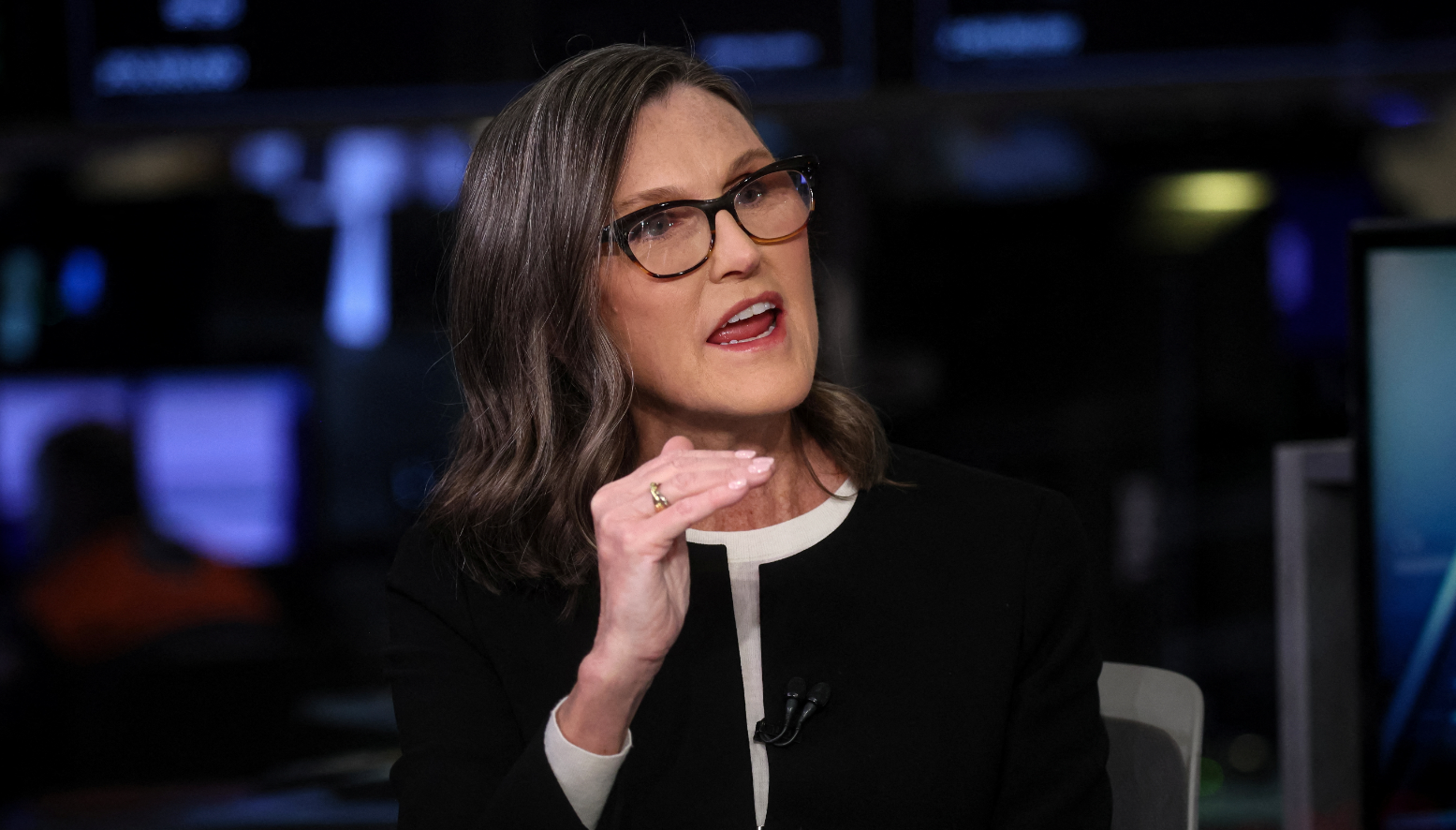Written by: Tim Pierotti
Last week I was privileged to be one of two keynote speakers at a financial services conference in Florida. The other speaker was Cathie Wood, CEO of ARK Invest. Cathie has become famous for investing in disruptive technology companies and for her media friendly evangelism of technologies like decentralized finance, robo-taxis and artificial intelligence. Cathie articulated a view that these emerging technologies will drive not only disinflation but outright, what she calls “Good deflation”. Additionally, Cathie said recently, “AI is going to produce the most massive productivity increase in history. The productivity gains are going to be astounding and shocking.”
The good news is that if Cathie is right, our current yawning budget deficits won’t be a problem (nor will nosebleed tech sector valuations). Remember, GDP growth is driven by two factors: workforce growth and productivity growth. We know with relative certainty that the former is going to be a growth drag. Demographics simply are what they are. Our population is aging, and the growth of the US workforce is stagnating. Additionally, the four-decade disinflationary tailwind of increased globalization has come to an end. So, if we are going to grow our way out of our debt and deficit problem, productivity is going to have to do all the heavy lifting. The problem unfortunately is that the current trend of productivity is going in the wrong direction as the chart below illustrates. Over the last four years, productivity has been running at half the long-term average and over the past one year, productivity has been negative. Technology is an important factor that impacts productivity, but there are other key and relatively unpredictable variables like the evolving composition of the workforce and level of investment.

If Cathie isn’t right, and real GDP growth muddles along below the projections of the CBO our feckless leaders in Washington are somehow going to have to make some very tough decisions on both spending cuts and the always popular tax hikes. The CBO forecasts a tepid 2.4% real GDP growth from 2024 to 2027 and 1.8% from 2028 to 2033 reflecting the aforementioned demographic headwinds to our economy. The former Treasury Secretary Larry Summers describes this issue as “the debt doom loop”. Below is a slide from WealthVest illustrating summers’ fear.

Currently, we are at about 6 O’clock on the doom loop: the Fed has raised rates considerably, so debt service costs are rising, growth is slowing and 2022 tax receipts have come in weaker leading deficit projections to rise. The question is what happens next. The chart below, from Harvard’s Jason Furman, makes clear why the current deficit outlook is so dire. The chart shows that historically, when unemployment is low deficits are low and vice versa. But our current times are an outlier and not in a good way. Unemployment is low and at risk of rising, but deficits are already high.

So, what happens in a recession? What will happen is that we will see deficits as a percentage of GDP approach the temporary pandemic era spikes. Levels where one can confidently posit that there will be upward pressure on long-term interest rates. There are economists who will make the case the 7% and 8% deficits to GDP can be consistent with a return to the low interest rates we have enjoyed over the past two decades. These are the economists who ascribe to Modern Monetary Theory (MMT) which I will over simplistically describe as: keep the monetary faucets open to ensure full employment and poverty reduction and use fiscal levers to rein in inflation and long term rates. The catch, however, is that for MMT to work, those “fiscal levers” require policy makers that are willing to raise taxes when deficits balloon and the threat of inflation arises. That brings us back to D.C. Recent experience of the debt ceiling kabuki theatre which featured both parties negotiating a resolution that will do virtually nothing to either raise revenues or seriously impact spending, leaves me dubious of intelligent compromise and any political sacrifice in the halls of Congress

So, Let’s hope Cathie is right. Maybe she is. There is obviously a very long history of technological innovation that both drove down costs and benefited economic growth. Could AI be the next steam engine, the next telegraph, the next light bulb? I have no idea. But I do know we need it need to be, and that is a really high bar.



